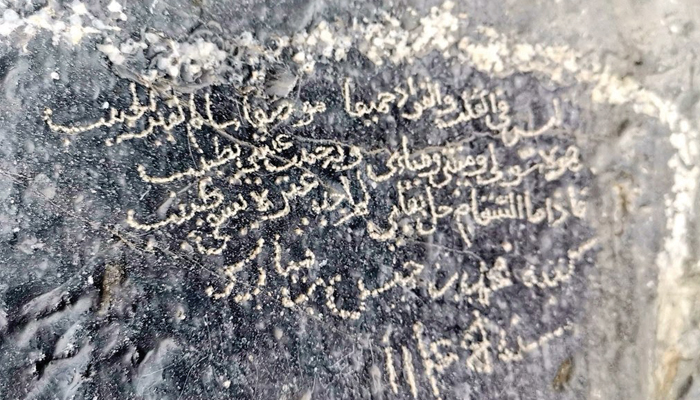
Muscat: Ancient rock formations and centuries-old artefacts found in the Sultanate of Oman point to the historical richness of the country that stretches across millennia.
A group of Omani researchers has conducted investigations into the rock carvings left behind by ancient civilisations that once inhabited Arabia. Their findings reveal deep connections between the various aspects of daily life followed by people of bygone eras.
Among them is Harith bin Saif Al Kharusi, who said that much can be learned about the conditions in which long-lost cultures thrived, just by analysing these carvings.
“The rock inscriptions and writings in the Sultanate are a legacy that lead to the discovery of the characteristics of the Omani environment,” he said.
“The ancient Omanis carved many things on the rocks that are believed to be related to metaphysics, such as stone-cut carvings of the caribou, the sacred bull, the snake, the sun, and others.”
“In Oman, a local version of the Arabic alphabet also came into existence,” he added. “Featuring 32 letters, there are still many facets of research being undertaken around this discovery. Many rock-cut inscriptions have been found, concerning literature, politics, society, military events, and climatic conditions.”
Ali bin Ahmed Al Shahri, a researcher in history and rock inscriptions, explained that there are about 14 languages in the Arab world, some of which date back centuries. “The oldest alphabet, as recognised by Western scholars, is the Sumerian alphabet, which goes back 5,600 years,” he explained.
He added that there are also American books which confirm that Omanis – from southern Oman in particular – arrived in Peru on eight ships from Khor Rori in the Dhofar region, several millennia ago.
Dr Asmahand Saeed Al Jarro, a specialist in historical studies, chipped in saying that “inscriptions were carved on the rocks using ink made from tree resin. Writing styles in these Omani inscriptions varied between horizontal, vertical, curved, and oblique.”
There are many places in Oman where such inscriptions in Oman can be found, revealed Mohammed bin Rashid Al Ruzaiqi, another researcher.
“Some of the places where these sorts of writing and carvings are seen are in the governorates of North and South Al Sharqiyah, specifically in the Salut stone fortress in Al-Naba,” he said. “You can also find this evidence in the settlements that emerged on the coasts of Oman, such as Ras Al Hamra and Ras Al Hadd.”
Researchers and historians continue to conduct archaeological excavations, regularly unearthing finds from yesteryear civilisations. Recently, an ancient incense burner was found in Wilayat Saham in North Al Batinah. It was discovered in the area of Wadi Al Sukhn near the village of Dahwa.
Efforts to discover the artefact were conducted by the Archaeology Department of the College of Arts and Social Sciences at Sultan Qaboos University, in cooperation with the Ministry of Heritage and Tourism.